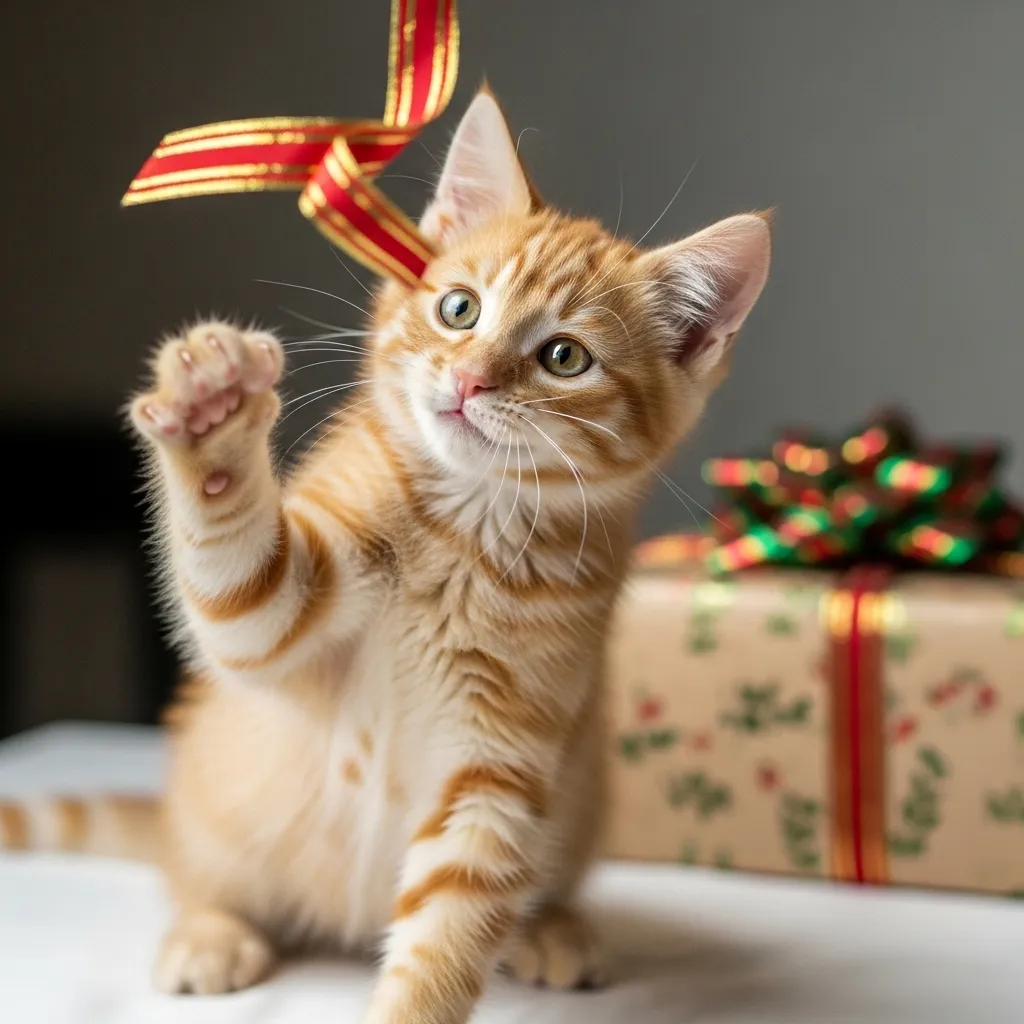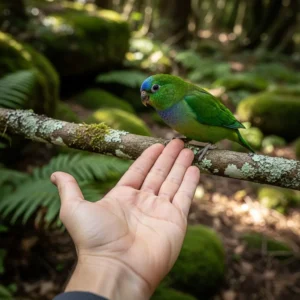
H to L: Holiday Hazards, Medications, and Lilies
This section groups several key dangers to provide a comprehensive overview of common household hazards.
Holiday and Seasonal Dangers
Holidays bring special decorations and foods, many of which are hazardous. Tinsel, ribbons, and ornaments can be ingested, causing intestinal blockages. Holiday plants like Poinsettias have a bad reputation but typically only cause mild gastrointestinal upset. Far more dangerous are lilies, holly, and mistletoe. Electrical cords for lights pose a chew hazard. Be mindful of food-laden tables and unattended alcoholic drinks during gatherings.
Medications (Human and Pet)
Never give your pet any human medication without explicit direction from your veterinarian. Common over-the-counter pain relievers are a frequent cause of pet poisoning. Acetaminophen (Tylenol) is extremely toxic to cats, causing red blood cell damage. Non-steroidal anti-inflammatory drugs (NSAIDs) like ibuprofen (Advil) and naproxen (Aleve) can cause severe stomach ulcers and kidney failure in both dogs and cats.
Even pet medications can be dangerous if the dose is wrong or if one pet ingests another’s prescription. Keep all medications, both human and veterinary, securely stored in a closed cabinet. Be careful with dropped pills—a pet can snatch one up in an instant.
Lilies and Other Toxic Plants for Pets
Many common houseplants and garden flowers are toxic. For cat owners, it is critical to know that all parts of any true lily (plants in the Lilium or Hemerocallis species, such as Easter lilies, Tiger lilies, and Daylilies) are severely toxic. Ingesting even a small amount of the plant material, or even pollen groomed from their fur or water from the vase, can cause acute and fatal kidney failure in cats. There is no safe amount.
Other common toxic plants for dogs and cats include Sago Palms, Oleander, Azaleas, Rhododendrons, and Tulips. Before bringing a new plant into your home, it is essential to check a reliable resource like the ASPCA’s extensive list of toxic and non-toxic plants to confirm its safety.















